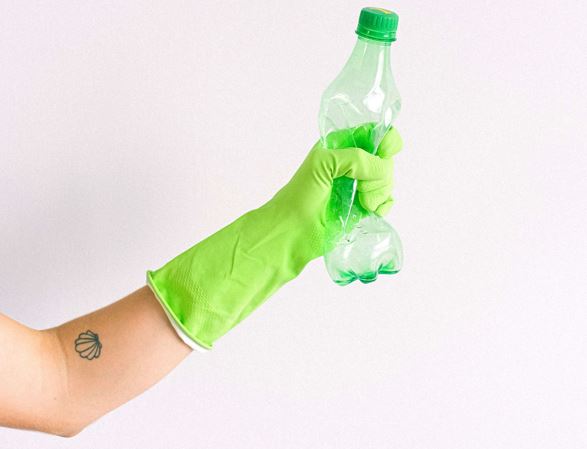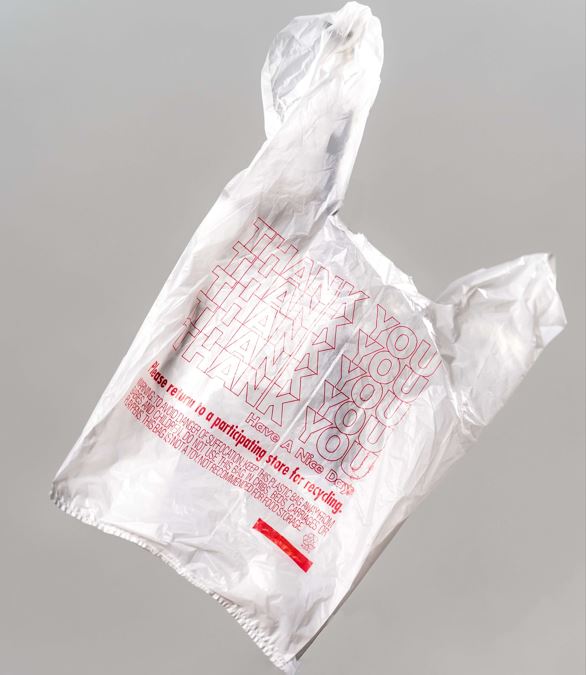Home » Archives for July 2021
KUALA LUMPUR, 28.7.2021. For many young people, this year has been far from the ideal version of adulthood.
The popular depiction of one’s early 20’s is an exciting period of life driven by adventure, travel, self-discovery, and ambition. But the reality of 2020 has since punctured that sweet dream and many have been forced to face the fact that they might not experience the same fantasy that pop culture wholeheartedly promotes.
The idealization of young adulthood is everywhere; in films, TV shows, and even commercials that are dripping with the nostalgia of summer romances and reckless mistakes. These are easily turned into brief lists outlining “Must-Do’s Before Turning 30” as wistful reminders that now is the time to live it up before “real life” sets in.
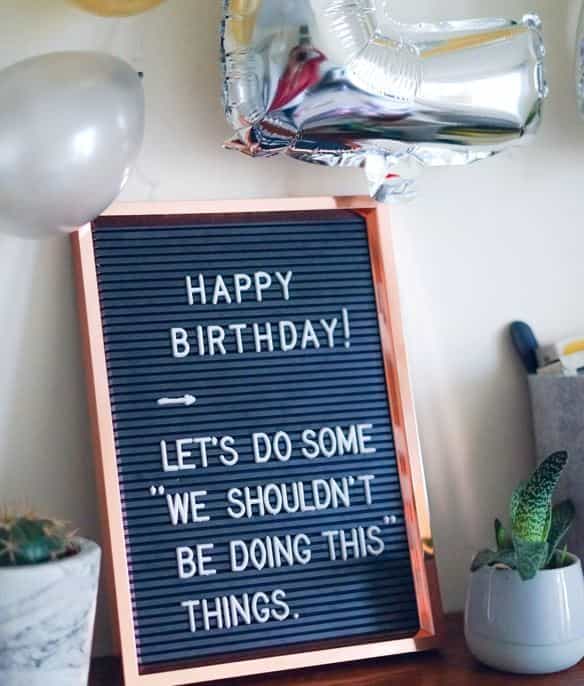
As things are, the pandemic is set to aggravate the postponement of ‘key’ life events, such as getting married, buying a house, and living on your own for the first time.
Young people of ages 18 to 29 are moving back in with their parents quickly. Not surprisingly, this has spun some sort of belief that it is evident of a personal failure, a lack of ability to ‘make’ it on their own without taking into account the circumstances or choices.
Shontise McKinney, a 25-year-old mom in the midst of pursuing her college degree, is one such example. The pandemic caused her to lose her job, which left Shontise worrying about housing instabilities in the future. “Covid has obscured the future for many,” she said. “It’s hard to live in the present when we are concerned about surviving a pandemic along with creating a life for ourselves.
Meanwhile, several college students have been booted from campus, losing their jobs, community, and sense of stability in the process.
Courtney, 26, was supposed to be getting married next month. She planned to go to college and have a good time alongside that, thinking that getting the right job and being with the right partner would bring her joy.
However, earlier in the fall, her relationship ended, and now, she’s single for the first time in a while.
“It’s definitely not that fun, glamorous, or dressed-up-to-go-out exploring of my life that I thought I would be doing,” she said. “One misconception I had about my 20s would be that I had already done a lot of exploring on what I needed, because I thought I knew what I wanted.”
Now, she’s reconsidering what she actually wants and needs. “Were there things that I was rushing full speed ahead on, where the motion of rushing was distracting me from where I was going, or if there were roadside stops that I wanted to make?”
Darcey N. Powell, an associate professor of psychology at Roanoke College, said that people often categorize young adulthood into two compartments: full of exploration with unlimited opportunities, or as a period to figure it all out, “without acknowledging that it’s much more intricate and complicated than that,” she said.
“I would suspect this pandemic has increased stress related to doing so since securing employment, acquiring a partner, and so forth is significantly more difficult,” she added.

The events of young adulthood are no doubt important, given how much identity formation happens during this time. But the fixation that young adulthood is the best time—if not only—where you rush to get your life together before turning 30 is misinformed and outdated.
We don’t stop learning, experiencing, or trying new things past the years of the prime of our life. Binding those ideals to a certain age conveniently ignores how many young people have already been performing ‘adult’ duties, like working multiple jobs, caring for family members, and paying bills.
Rushing to experience life before ‘adulthood’ sets in makes it seems like there’s a countdown clock that limits the value we get by age. But this is a fantasy that does not exist, and once punctured, should free us from the assumption that we need to be young in order to truly “make it”.
Pandemic or not, the idealization of young adulthood doesn’t mean the rest of your life is any less significant.

Tee May
Teemay is a content writer who relishes telling a good story as much as she enjoys reading one. A fan of fantasy and time travel lore, she indulges herself with quaint daydreams of living in a vintage cottage settled deep in the woods. She hopes to achieve this one day, or may just settle with a treehouse instead. In her free time, she practices amateur astrology and interprets birth charts. These started out as a hobby for ‘fun’, but they come close to being obsessions these days.






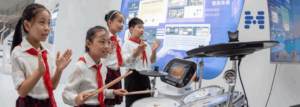

 Image source: Pexels
Image source: Pexels
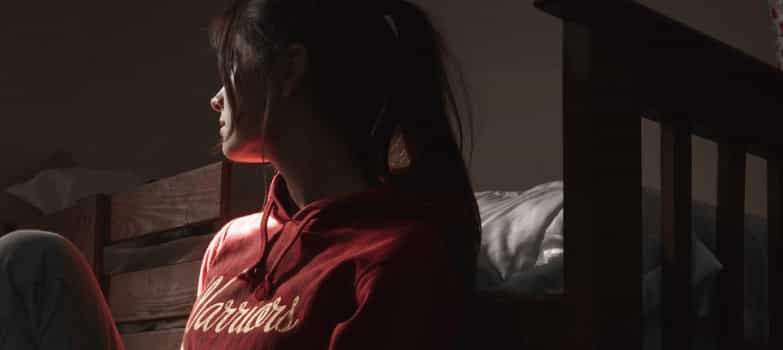
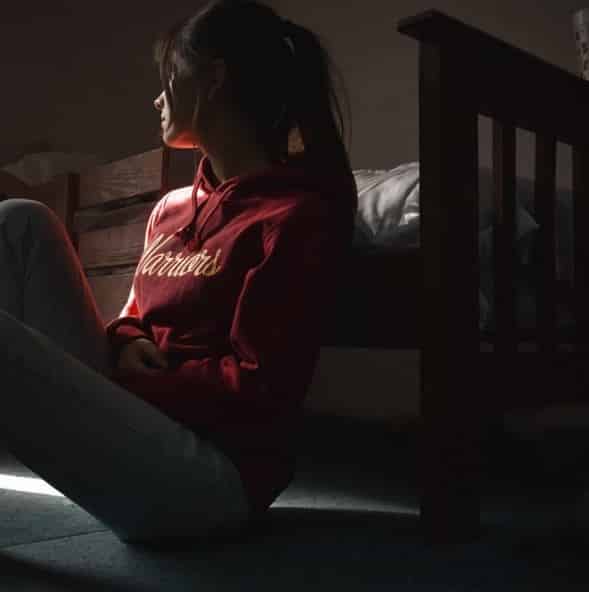


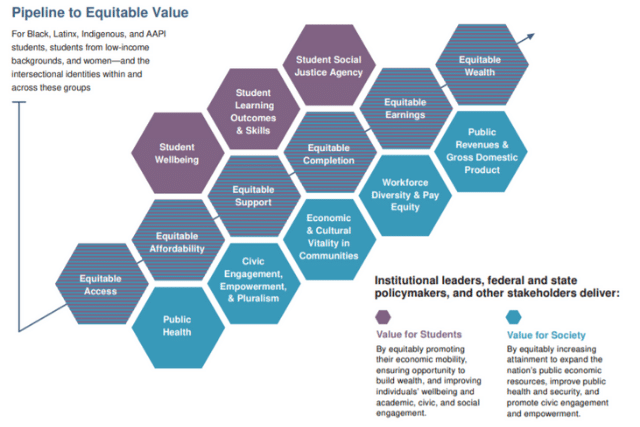 Image source: Postsecondary Value Commission
Image source: Postsecondary Value Commission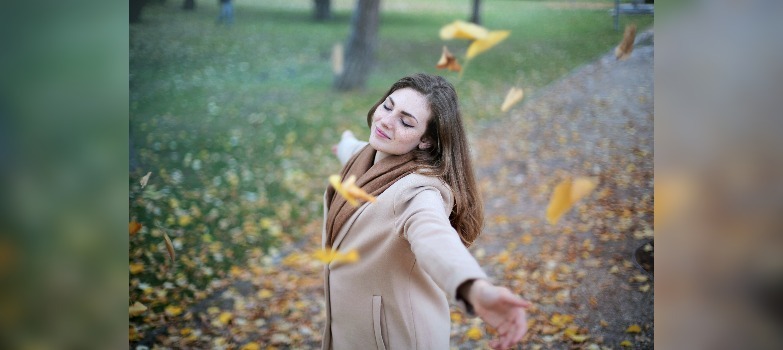



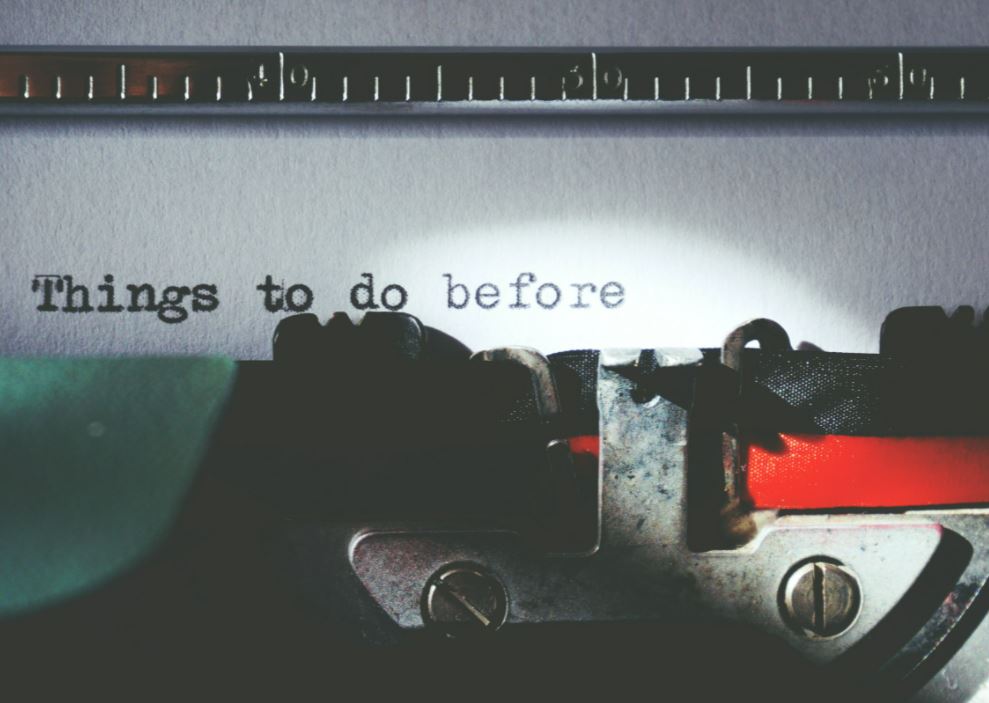
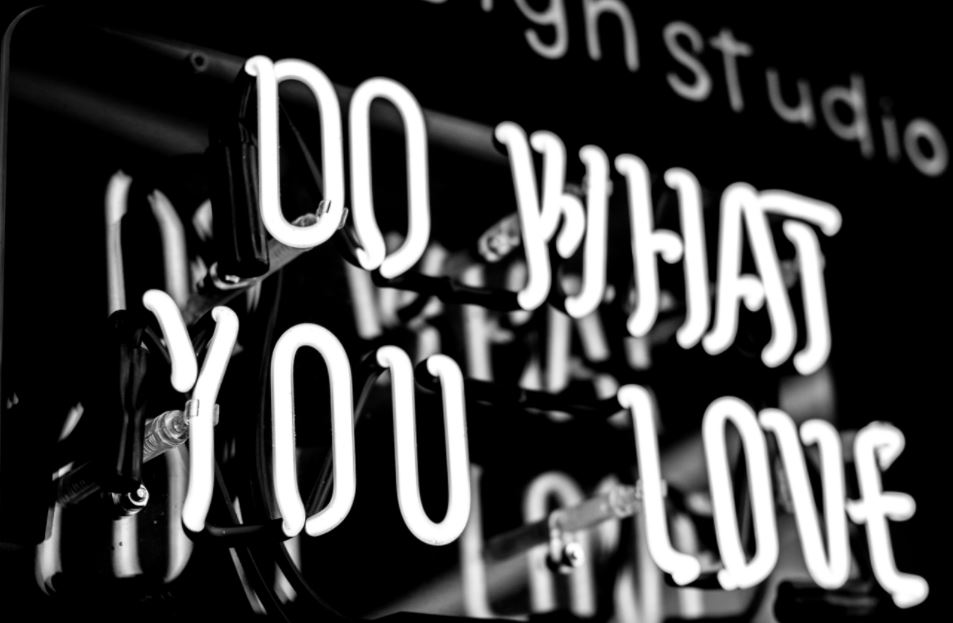


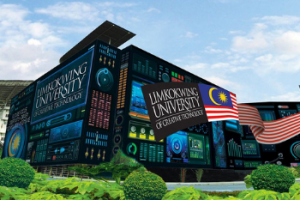



 Image source:
Image source:  Image source:
Image source: 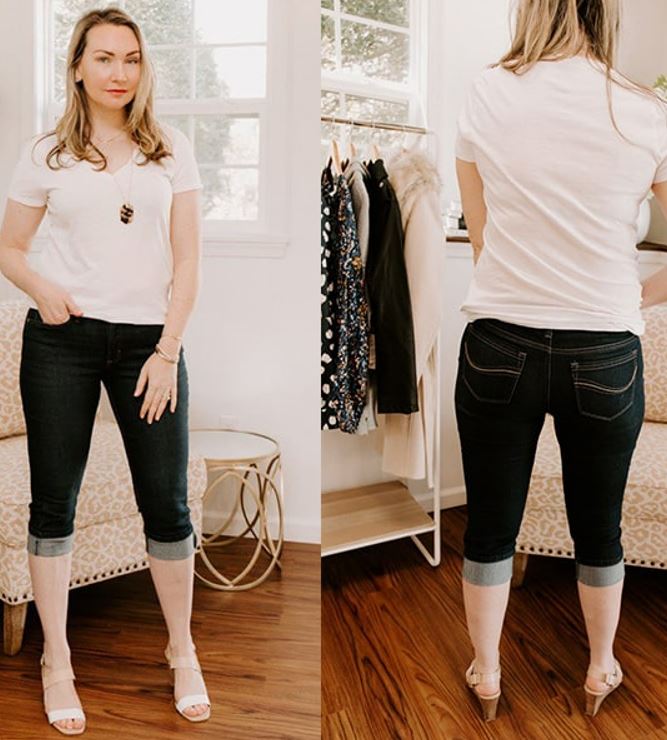 Image source:
Image source: 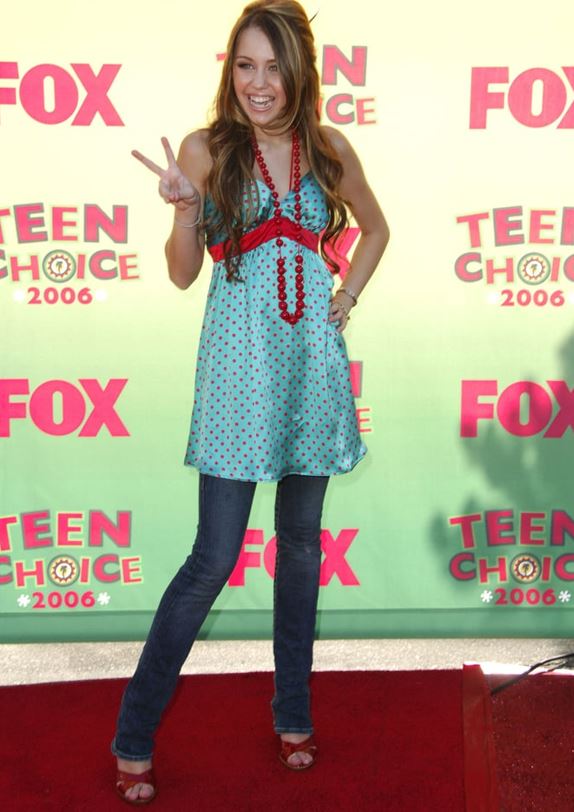
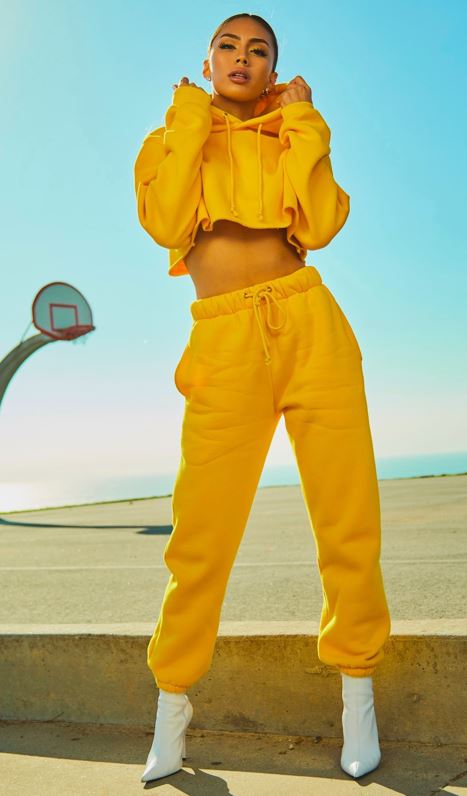
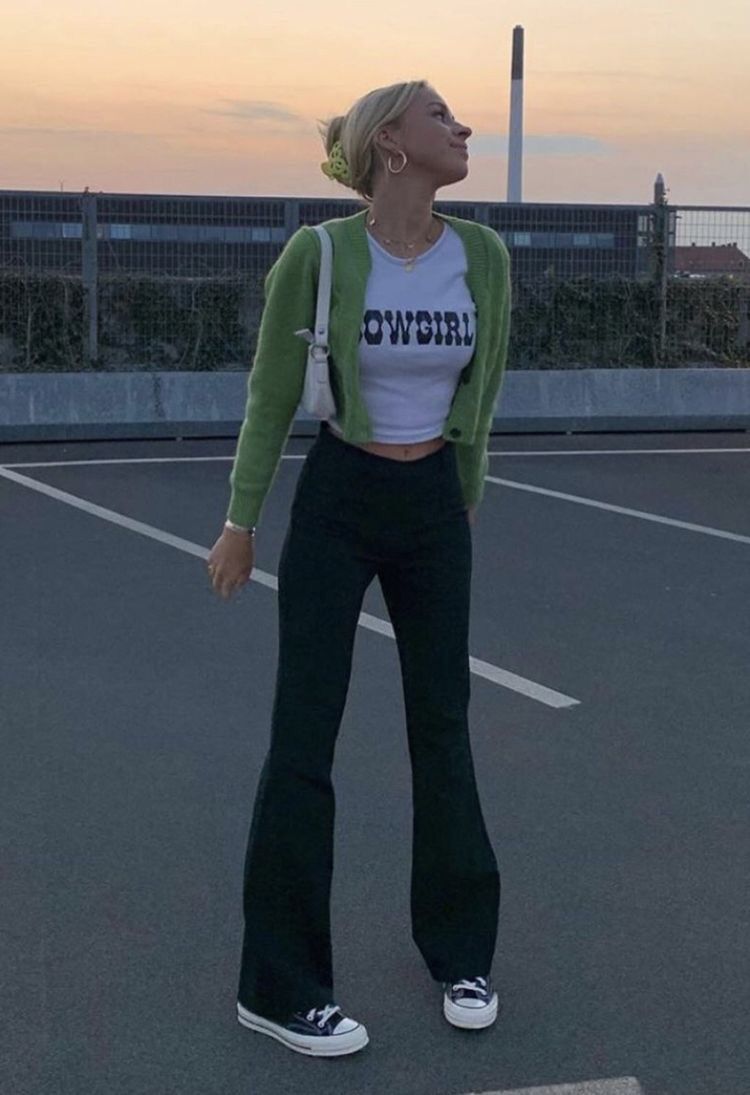 Image source:
Image source: 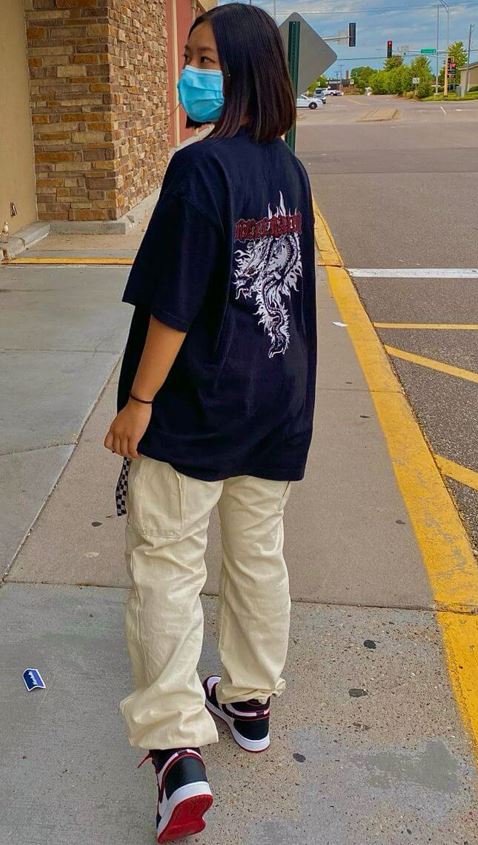
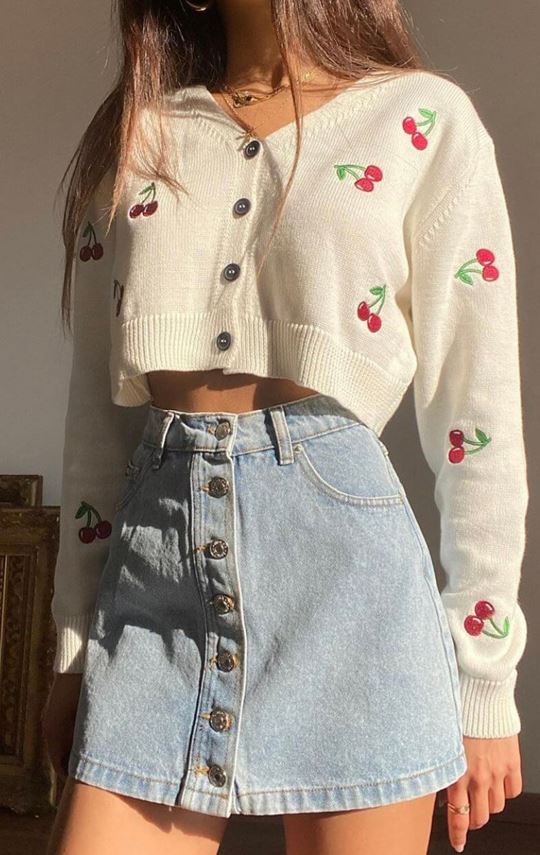
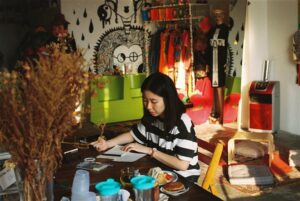

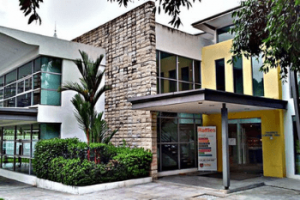


 Source: www.prdistribution.com
Source: www.prdistribution.com
